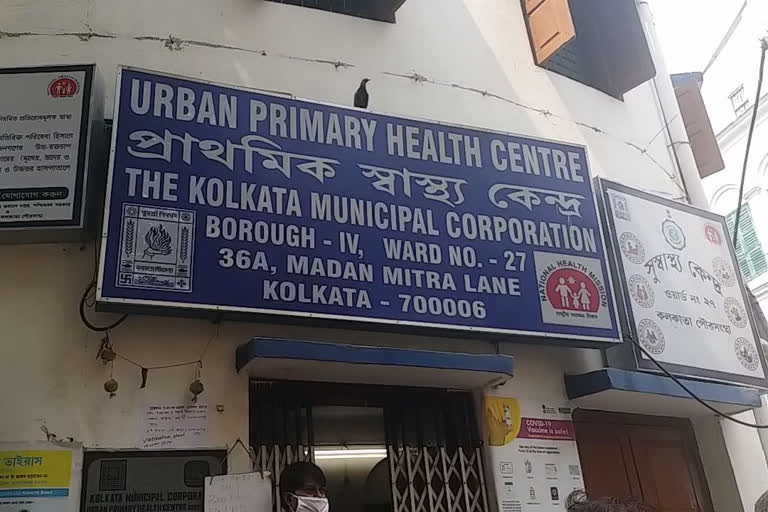Kolkata: As the second wave of Covid-19 has hit the country like elsewhere there is an upward drive in the new infection as well as fear factor graphs in entire West Bengal especially in the state capital of Kolkata.
In Kolkata, on average 3,000 to 3,500 cases of fresh infections are being reported daily in the state capital. To add to the crisis, the city hospitals are facing an acute shortage of bed and space to accommodate new patients. The problem is acute in the case of both state-run and private hospitals.
To cope up with the crisis Kolkata Municipal Corporation (KMC) has already started few safe-home quarantine centers. The state government has instructed all hospitals to increase the number of Covid-19 beds in the city. At the same time, the state government has also decided to convert Kishor Bharati stadium into a special Covid-19 hospital.
Also Read: West Bengal set for final phase of polling
According to Dr Koushik Lahiri, the matter is really serious though the state government is trying to fight the crisis by adding to the number of existing Covid-19 beds. "The private hospitals are also increasing the number of Covid-19 beds. But the problem is in increasing the numbers of ICUs, CCUs and ventilators. Similar is the problem in the number of doctors and nurses dedicated to Covid-19 treatment. Almost 40% to 60% of the beds in big hospitals have been dedicated for COVID-19 treatment," he said.
Also Read: Assembly Polls: EC issues detailed guidelines for counting
Dr Koushik Chaki said that the people of Kolkata are in the midst of a grave crisis. "The situation has worsened in the last few days. Almost 50% of the total Covid-19 affected people in Bengal are from Kolkata. The state capital has the maximum number of hospitals and the best treatment facilities. But still the residents of the city are not getting admissions in the hospitals because of the inadequacy of beds. The acute shortage of ICU, CCUs and ventilators are adding to the crisis and more dangerous is the shortage of oxygen," he said.
Dr Punyabrata Gun admitted that the situation in the second wave is much graver than the first wave. "Always during the second wave of any infection the crisis is more acute than the first wave. Say for example during the first wave mainly one or two persons in a family got affected by the virus. But in the second wave almost all the members of the family are getting affected by the virus. This is resulting in a crisis related to bed availability. At the same time, black-marketing of oxygen is adding to the crisis. Everyone has to remember that all patients cannot be treated at home," he said.
Also Read: Widow of TMC candidate who died of COVID wants culpable homicide case against top EC officials



